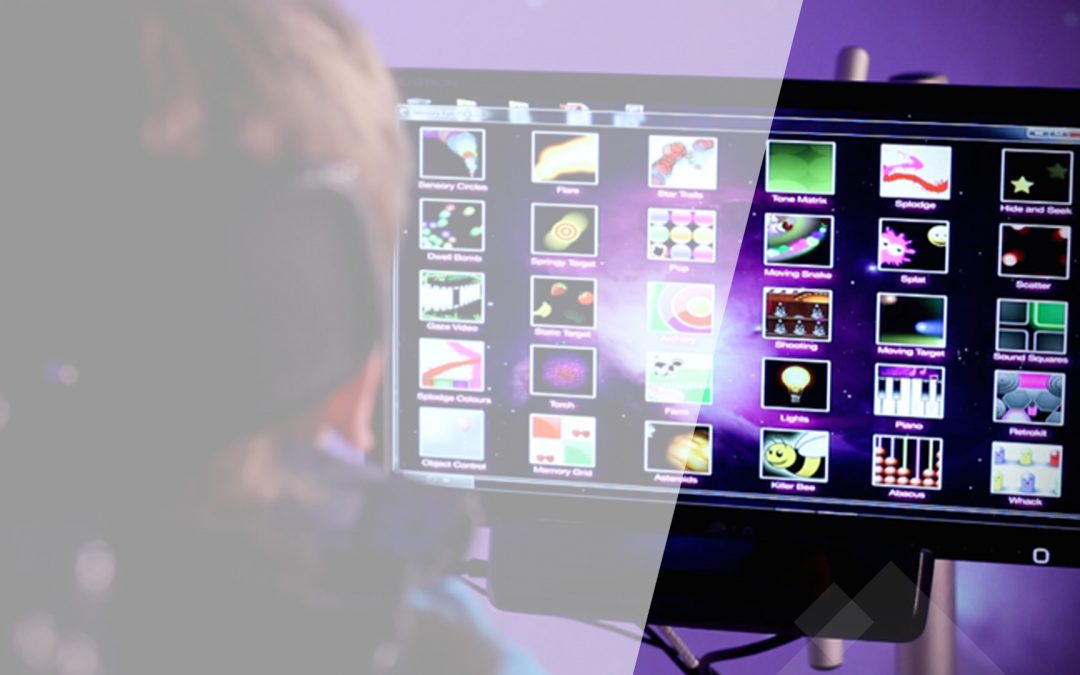What is diagnostic overshadowing?
Diagnostic overshadowing can occur when health professionals attribute a person’s symptoms to their learning disability without exploring other factors, such as biological determinants.
Lisa Donaldson, Head of Eyecare, Clinical Lead Optometrist at SeeAbility told us a story about a young man she met. She descriibes how diagnostic overshadowing impacted his communication and how a sight test helped him develop new skills.
“A classic example of diagnostic overshadowing is that of a young man we met. He was 14, profoundly death and in a low functioning autistic class.
When he came to us, his history form said “You won’t be able to test him. No useful form of communication.”
He came with two-to-one support. It took several sessions to begin being able to approach him and shine a light towards his face. Gradually, we built up some trust. I was still unable to do a full vision assessment, but just little flashes in his eye, I could see he was very short sighted.
Fast forward a year, he turned out to be -16. This means that, without glasses, he could not see past the tip of his nose.
Many of his previous behaviours that were assigned to his autism, were due to his short sightedness. So, not engaging with people, not making eye contact, getting in people’s faces and apparently being aggressive. He was actually trying to get close enough to see people’s faces.
Now he has glasses and is wearing them successfully. He is out of that class, he is learning BSL and communicating and has learnt to ride a bike. We can now do a picture test with him. He can do a normal picture chart and read the bottom line with his glasses.
His level of vision, before glasses, would have made him registerable as severely sight impaired. This young man has gone from being functionally visually impaired to having perfect vision.”
Key takeaways
- Diagnostic overshadowing can occur when health professionals attribute a person’s symptoms to their learning disability.
- Diagnostic overshadowing is increasingly recognised as contributing to health inequalities experiences by the learning disability population.



